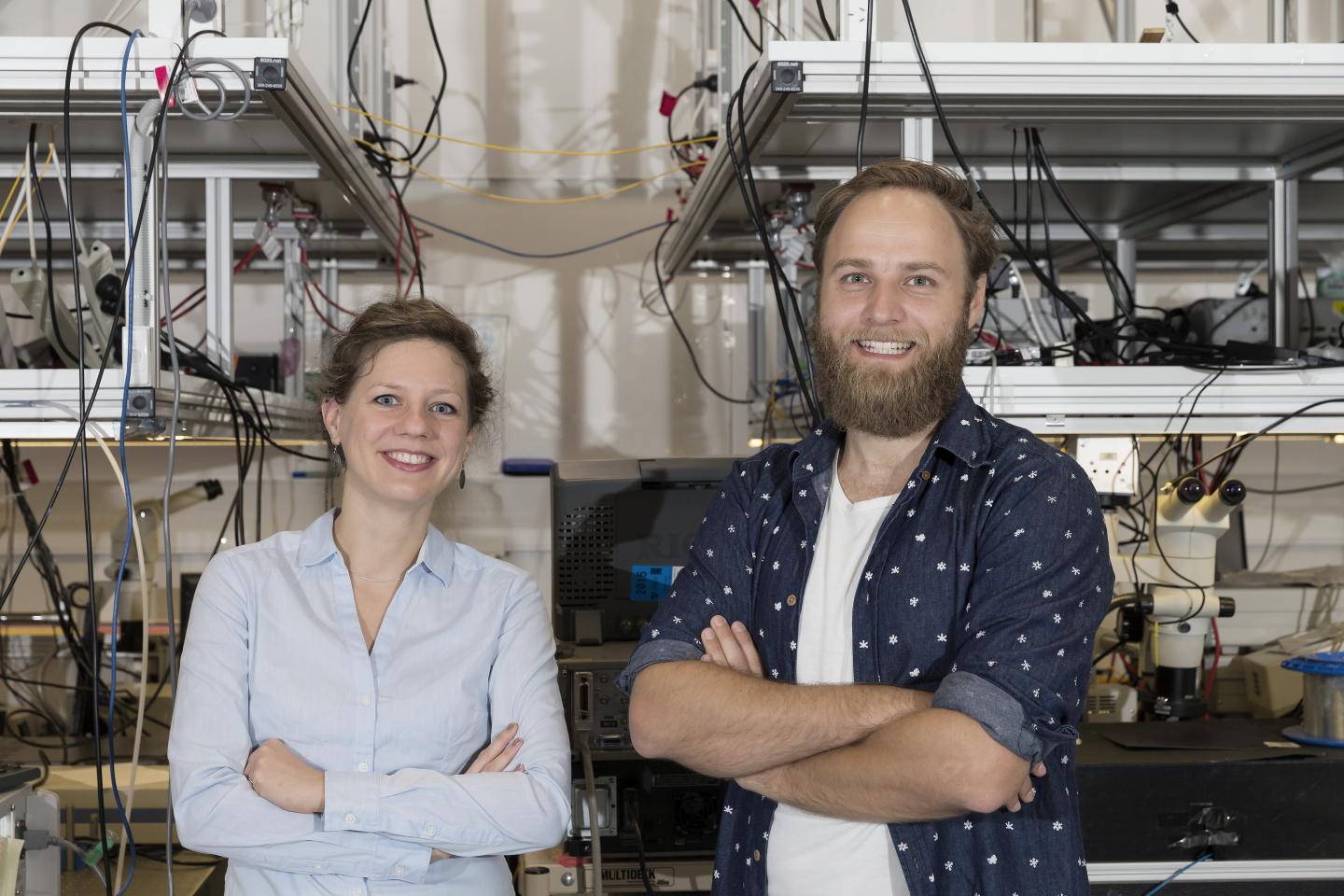For the first-ever time, scientists at the University of Sydney have dramatically slowed digital information carried as light waves. They did this by simply moving the data into sound waves in an integrated circuit, or microchip.
Transferring data from optical storage to the acoustic domain and again send it to a chip is difficult to construct photonic integrated circuits i.e., microchips. These use light instead of electrons to manage data.
The applications of these microchips involve telecommunications, optical fiber networks, and cloud computing data centers.
Dr. Birgit Stiller, the research fellow at the University of Sydney said, “The information in our photonic chip in acoustic form travels at a velocity five orders of magnitude slower than in the optical domain.”

Louise Connor/University of Sydney
“It is like the difference between thunder and lightning.”
This delay causes the chip to concisely store the data. Next, it moderately manages it for processing, retrieval, and further transmission as light waves pass through it.
According to scientists, light is an excellent source for conveying and transferring data over long distances through fiber optics. But when it comes to processing in computers and telecommunication systems, this speed can become a nuisance.
To sort this issue, engineers at the ARC Centre of Excellence have discovered a memory for digital information. They have demonstrated a memory that logically transfers data between light and sound waves on a photonic chip.
It is like demonstrating an acoustic buffer inside a chip that improves the ability to control information by several orders of magnitude. Unlike previous systems, this enables storing and retrieving information at multiple wavelengths simultaneously by increasing the efficiency of that device.
Transferring data by using light, possess few benefits also: increased bandwidth, data travels at the speed of light and there is no heat associated with electronic resistance. And as the system uses photons, it is Electromagnetic Interference (EMI) resistant.
Mr. Merklein said, “For this to become a commercial reality, photonic data on the chip needs to be slowed down so that they can be processed, routed, stored, and accessed.”
Journal Reference
- Merklein, M., Stiller, B., Vu, K. et al. A chip-integrated coherent photonic-phononic memory. Nat Commun 8, 574 (2017). DOI: 10.1038/s41467-017-00717-y
